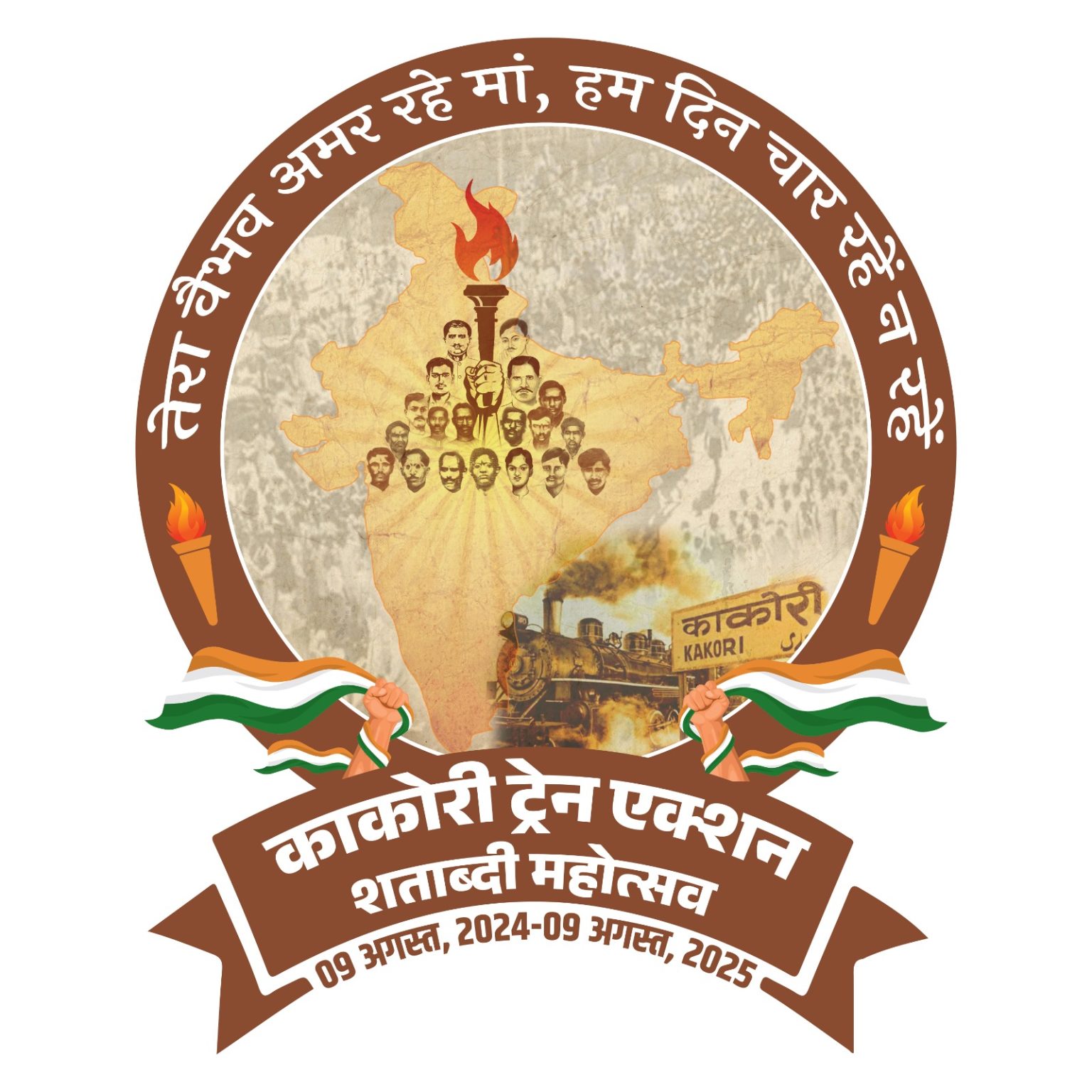History
People believe that the name Hardoi comes from distorted version of its earlier name Haridrohi, which is a Hindi word that means “anti to the God”. According to Hindu theology, in the past it was ruled by a king Hiranyakashipu, who didn’t have faith in God, but instead declared himself as God. He wanted the people to pray to him, but later his own son Prahlad rebelled. He tried to kill his own son by various means, but was unsuccessful. Later, to save Prahlad, God himself came in disguise, such that he was neither human nor animal, and killed Hiranyakashipu. According to some scholars, the term “Hardoi” originated from the term “Haridwaya” which means two gods. Since there were two gods, Vamana Bhagavan (in the regime of King Bali) and Narasimha Bhagavan (in the regime of King Hiranyakashipu) had been incarnated hence the place called Haridwaya and later called Hardoi.Divisions :
Hardoi district has 5 tehsils, Hardoi, Shahabad, Sawayajpur, Bilgram nd Sandila. These tehsils consist of 19 blocks, Ahirori, Hariyava, Sursa, Shahabad, Bharkhani,B haravan, Harpalpur, Bilgram, Madhoganj, Mallavan, Tadiyavan, Todarpur, Kothavma, Sandila, Behndar, Pihani, Sandi, Kachona, Bawan, 191 Nyay panchayat, 1101gram sabha and 1983 revenue villages (1883 of them are inhabited). The district has seven nagar palika parishads (municipal boards) and six nagar panchayats.
This district is a district of the Lucknow Commissionary in Uttar Pradesh Province of India, it is situated in between 2653 to 2746 north latitude and 7941 to 8046 east longitude. Its north border touches Shahjahanpur district and Lakhimpur Kheri district.
Lucknow (Capital of U.P.) and Unnao are situated at the southern border. The western border touches Kanpur (Industrial City of U.P.) and Farrukhabad district and on the eastern border the Gomati River separates the district from the Sitapur district. ‘Nemisharayan, the Pilgrim of Dwapar age’ is just 45km from district headquarters..



